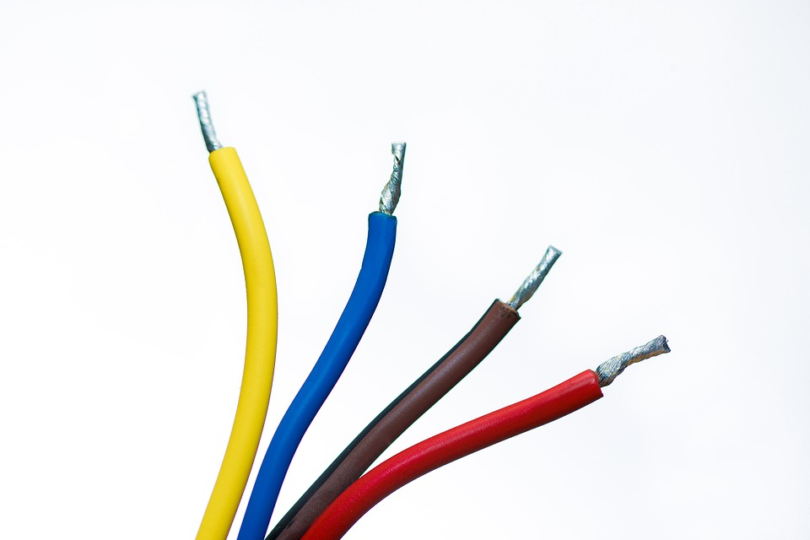For many applications in electronics, electrical connectors play a very important role. They help to connect a terminal with a printed circuit more easily, for example. Connectors are preferred to soldering when a cable or wire is expected to be removed in the future for maintenance. The use of a connector makes the removal much simpler.
Terminals are used to connect a single cable to a connector on a printed board or a component. But some connectors are used to splice two cables without soldering. This is the case of heat shrink wire connectors. There is a myriad of other types of connectors.
NTE Electronics has standardized some of the most used connectors for electronics. They are insulated and non-insulated. They come in many different types and sizes that fit wire AWG gauges from 8 to 26. Some of the best known NTE connectors are:
- Ring and Spade terminals;
- Butt connectors;
- Bullet disconnect terminals;
- Pin terminals;
- Heat shrink terminals.
These are but a few examples of the different types of connectors used in electronics. However, in this article, we’ll focus our attention on the heat shrink wire connectors to splice two cables. This type of self-solder connector is often called a butt connector.
Why Use Heat Shrink Connectors?
One may ask why to use heat shrink connectors. Why not solder the cables instead? There are several reasons for that. The main reason is that crimping a connector is always easier and faster than soldering it. To crimp a connector you just need a special crimping tool. Moreover, you can learn how to crimp connectors in no time.
Hence, in production lines, crimping is much more time-efficient to produce electronic equipment. To splice two cables, the most common choice is the use of heat shrink electrical connectors. This type of butt connector consists of two copper barrels. The barrels are inside heat shrink tubing. Often, the inner wall of the heat shrink tubing has adhesive to seal the connection from the elements.
To splice the two cables, a crimping tool is used to fix the cable ends to the copper barrels. Once the cables are fixed, heat is applied to the tubing. This material will shrink and seal the connection. This sealing is very important for some applications such as marine grade connections. In such applications, the connections must be waterproof. Also, in the automotive industry, electrical connections must be resistant to water and mechanical abuse.








Leave a Comment
You must be logged in to post a comment.